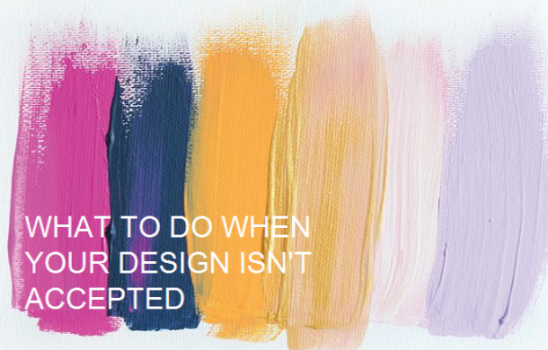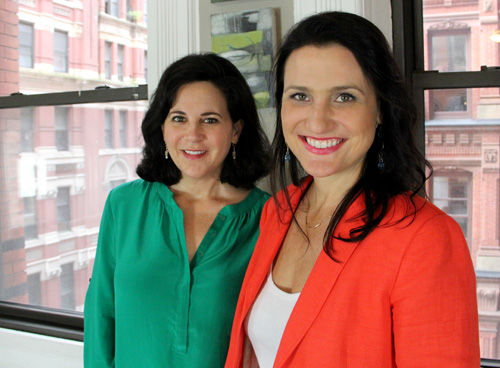When developing a product from scratch, we need to think through all of the details. We think about functionality and ask ourselves basic questions. When we created our Bike Tote those questions were: How will the bag hold objects? How much will it hold? How will it be secured? How will it be carried? What materials do we use to make sure the job gets done?
Here’s how we answered some of those questions.
The tricky thing about this project was making sure the bag would fit the needs of a bike rider. Safety is integral. First, the bag needed to be well-secured to a bike’s handlebars without interfering with the front wheel.
How we made it happen: Sourcing the right buckles.
This was our greatest sourcing challenge. We recognize that depending on the style of the bike or gears you have, strapping the bag on or off could be a challenge, so we made sure to source components that would work for as many bike styles as possible.
The buckles needed to open up so that we could completely detach the straps and fasten to any bike. They also needed to firmly and securely support the weight of the bag, without breaking, loosening, or slipping on the bike. After evaluating several different buckle and strap options, we chose these cam buckles.
In addition to securing the bag to the bike, we had to refine the cotton shoulder strap, making sure it made sense for a bike rider. We wanted to develop a true tote bag with a longer shoulder strap, but we didn’t want the strap to fly around in the wind or interfere with the bike in any way.
How we made it happen: A floating zipper.
The zipper is isolated from the rest of the bag, which means the bag can be opened fully. It allows a bike rider to place the entire shoulder strap into the bag, with the zipper closed on top of it. The strap is securely tucked inside the bag, instead of hanging loose.
We know that when you’re on the road, dirt and gravel fly up, and things get pretty dirty pretty fast. We wanted to make sure the bike tote would stay as nice as possible, despite being an active bag.
How we made it happen: Black bottom panel.
We lined the bottom of the bag with black fabric to hide any smudges. Remember – because of the buckles, the bike tote can’t be machine washed or dried, so hand-washing and line-drying are your best bets for keeping it in top shape.
As a final design touch, we wanted to help bike riders increase their visibility both from a distance and in the dark.
How we made it happen: Reflective tape around the bag. The strip of reflective tape allows for more visibility of riders as they cruise along and show off their very cool bike tote.
Testing the Bike Tote
Once the product met all of the criteria we outlined, we we needed to make sure it was truly road ready. To test it, one of our team members gave it a try on her road bike to make sure our claims were holding up. “I’m basically going to try and break it,” she informed us.
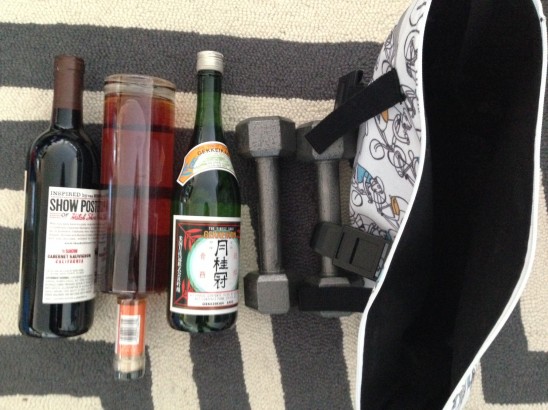
In her words:
“I filled it with as much heavy stuff as I could. I started with books and when that didn’t break the bag, I tried weights (two 5 lb. weights) and large bottles (3 wine-sized bottles). The bag was a bit too big for the bike handlebars on the bike I was testing it on, so for the actual weight test I attached it to the bike cross bar and left it hanging overnight.”
The tote successfully held the weight, and we were pleased to find out that it is capable of transporting a lot of wine. (You never know when you might need to to perform just that function!)
Overall, creating the Bike Tote was fun, we got to work with awesome artists Jason Snyder and Briana Feola (who created the art featured on the tote’s fabric), and we can be proud that we developed a product that’s stylish, high-quality, and super functional.

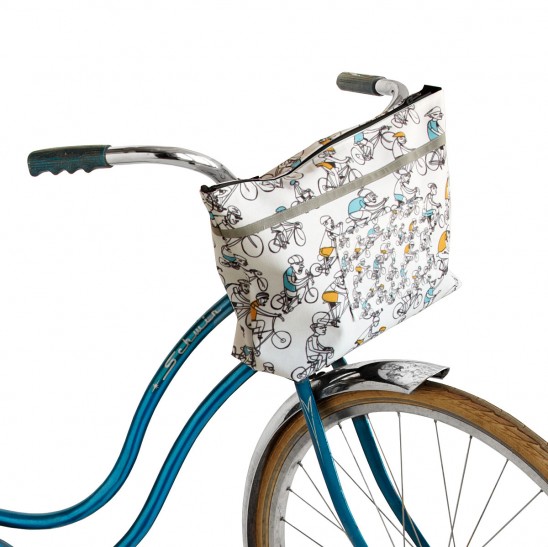
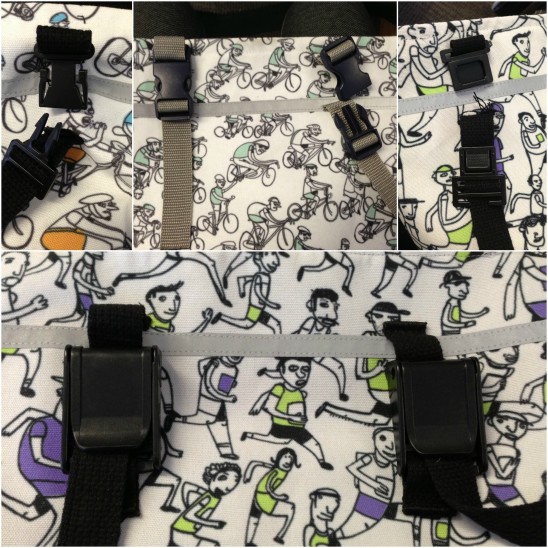
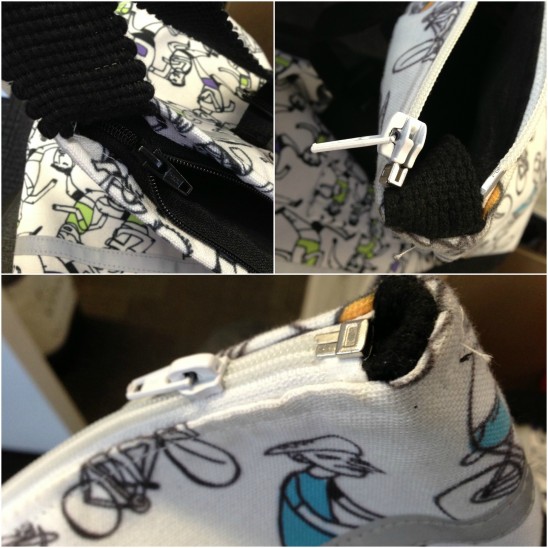
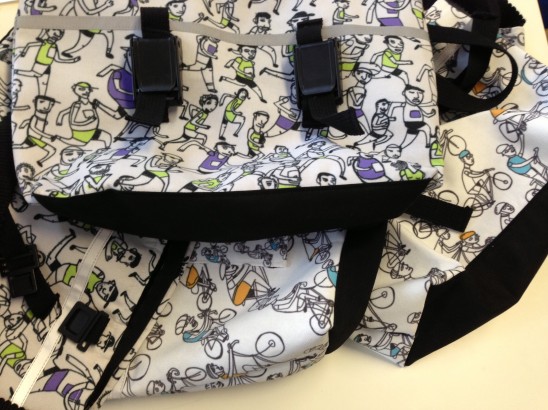
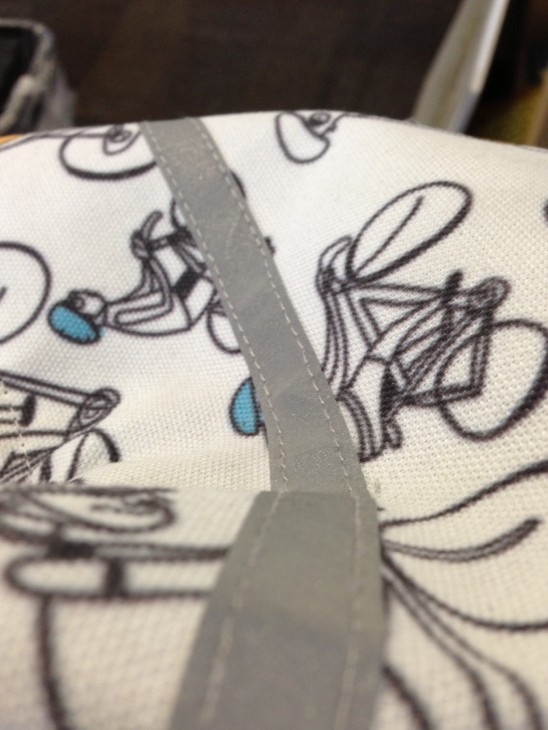

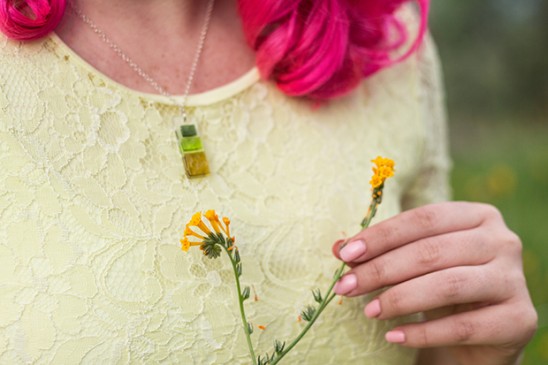
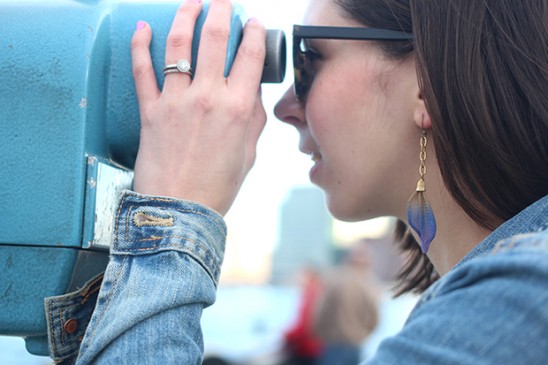
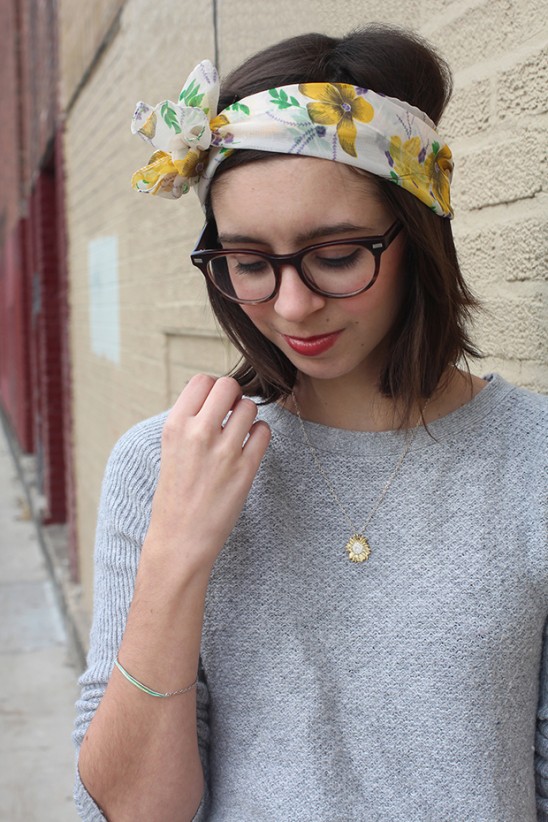
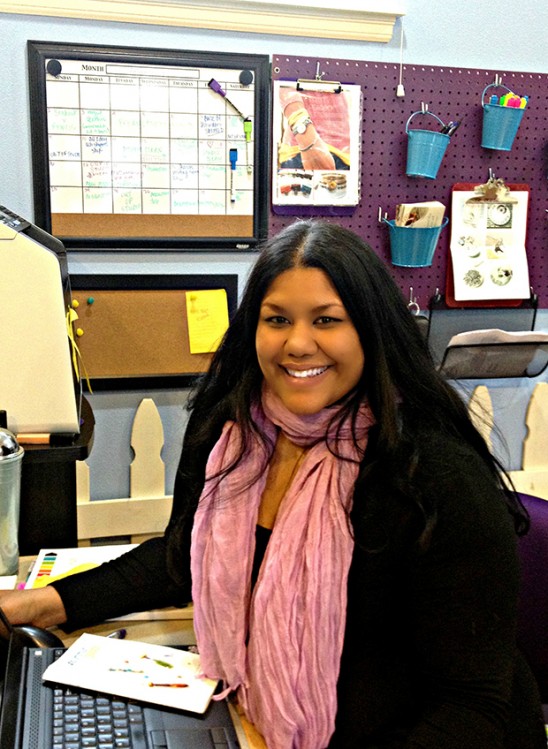
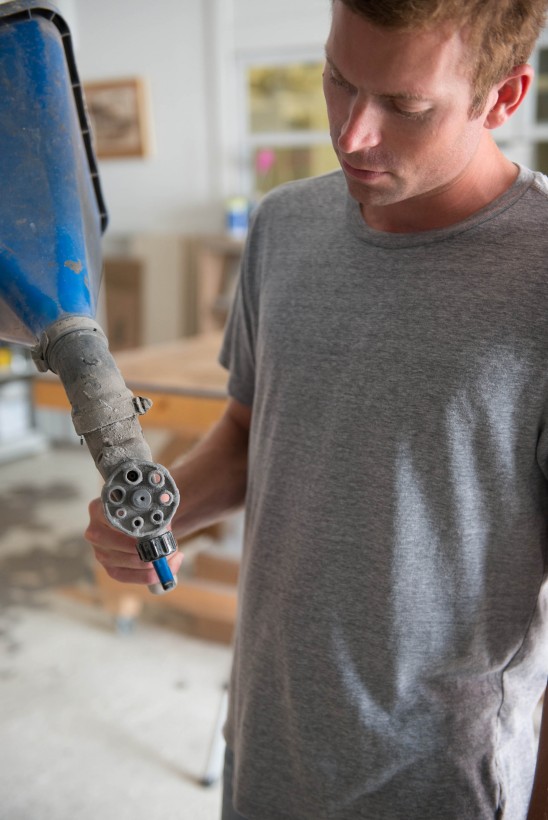
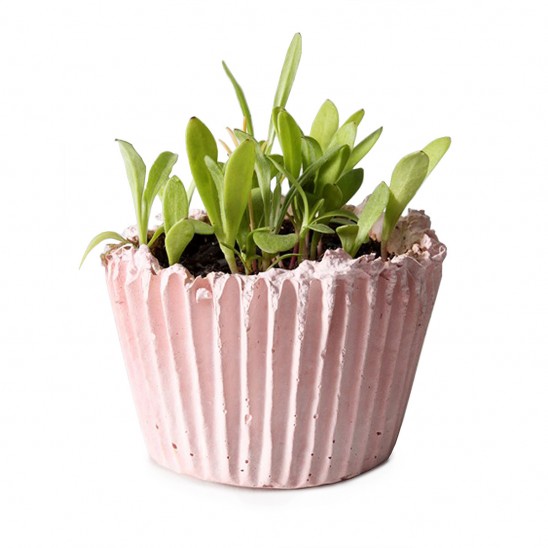
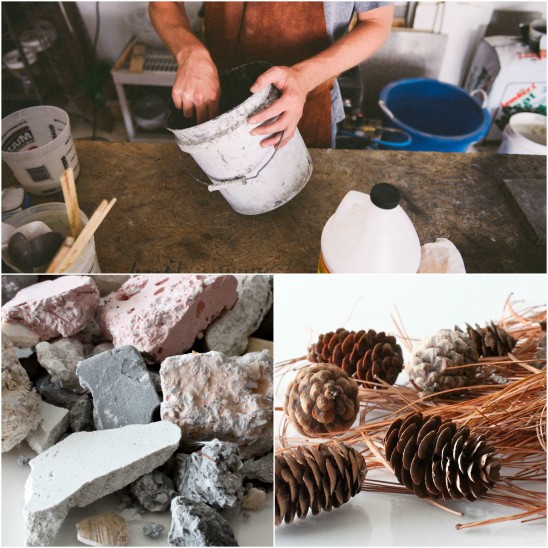
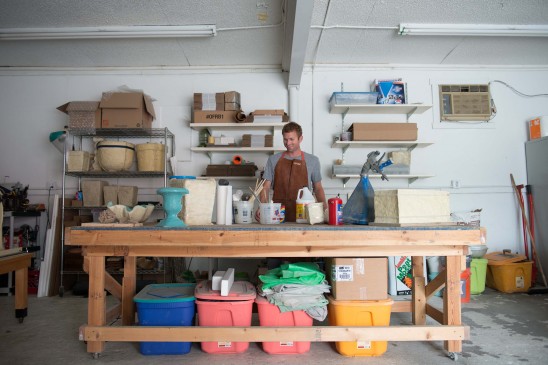
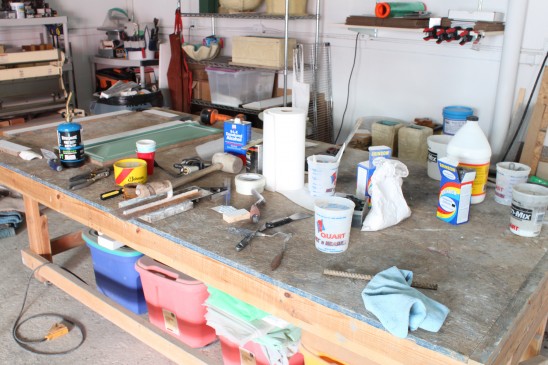
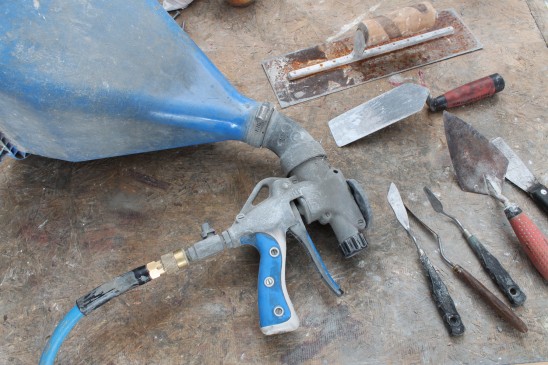
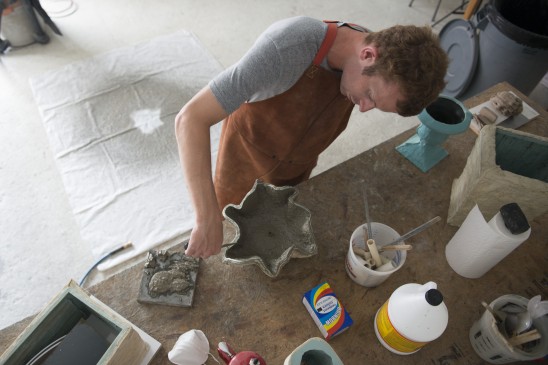
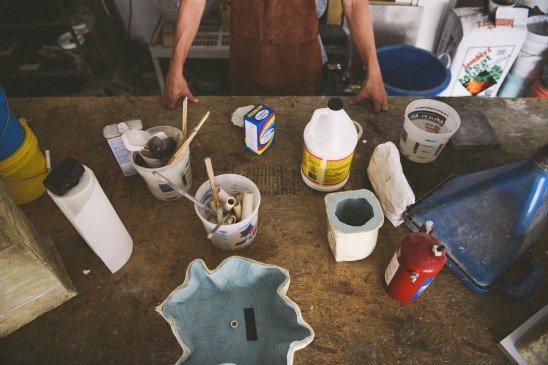
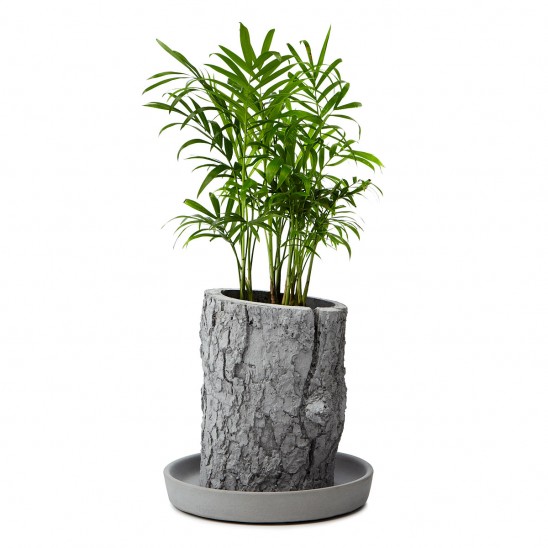
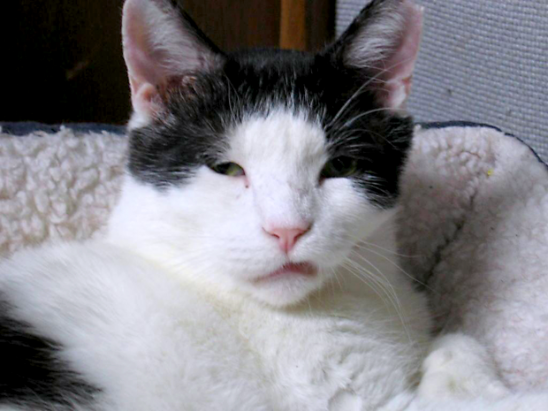
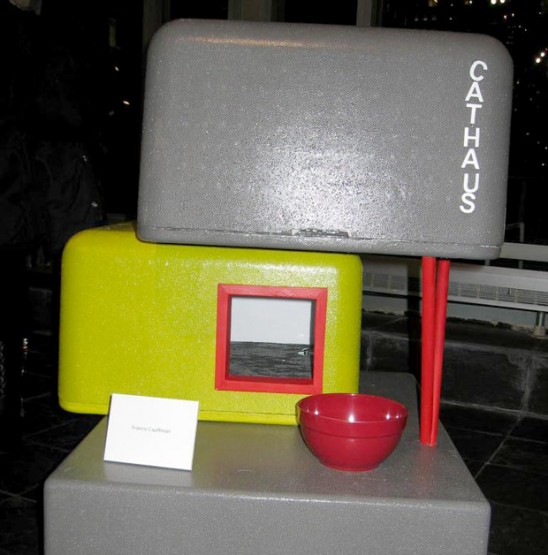
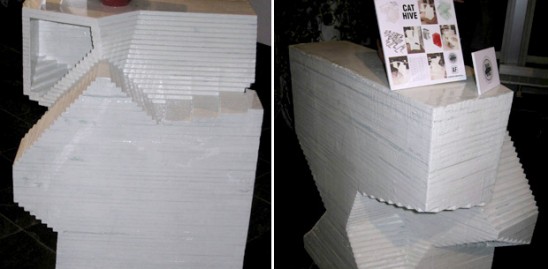
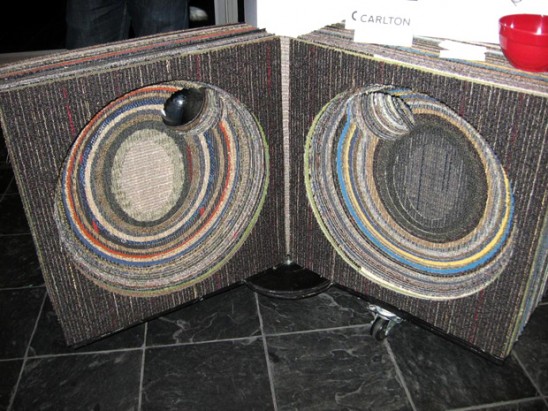
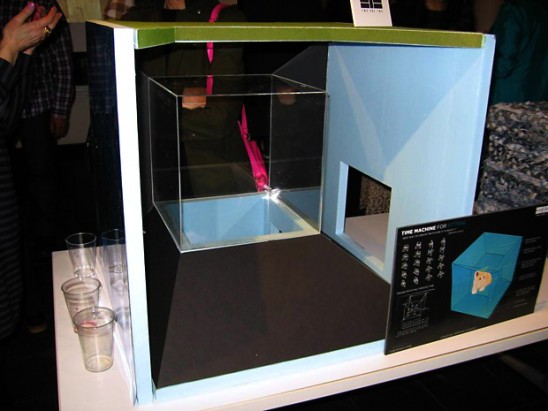
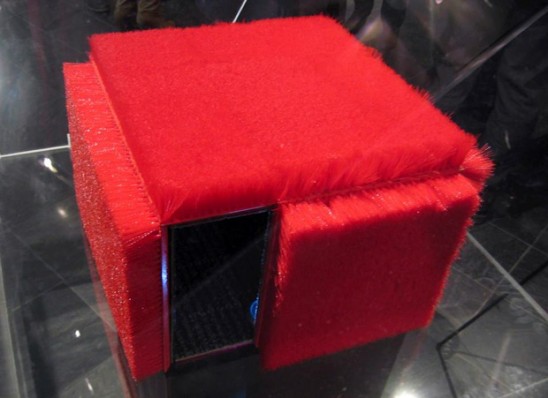
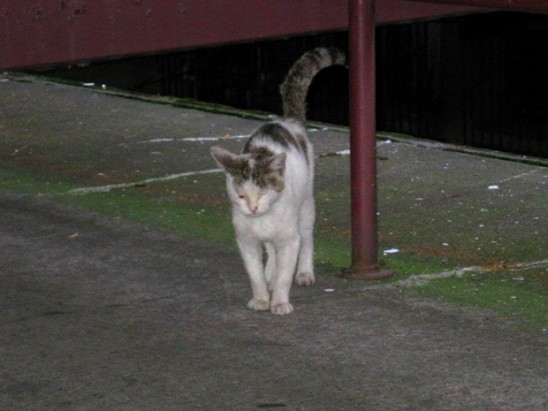
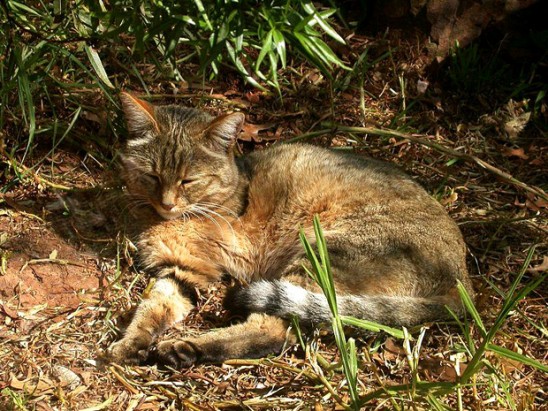
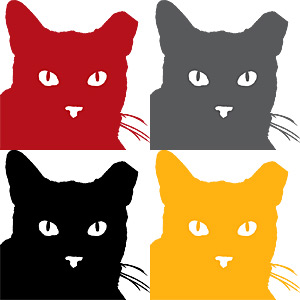
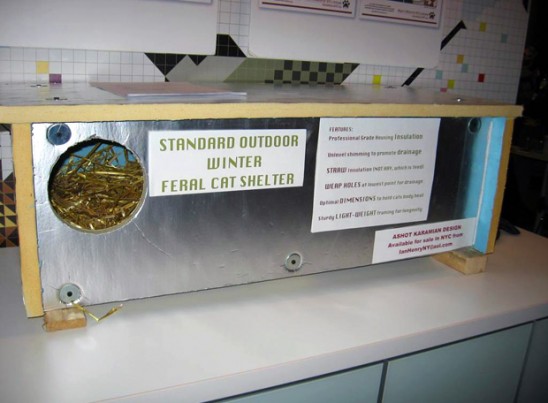
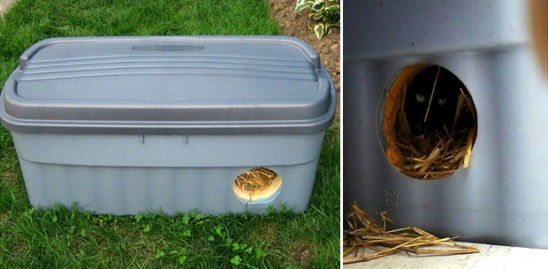
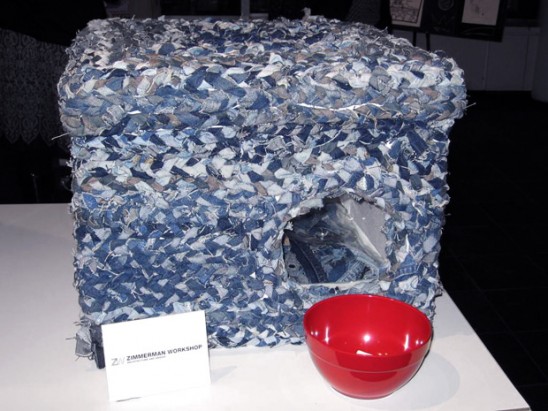

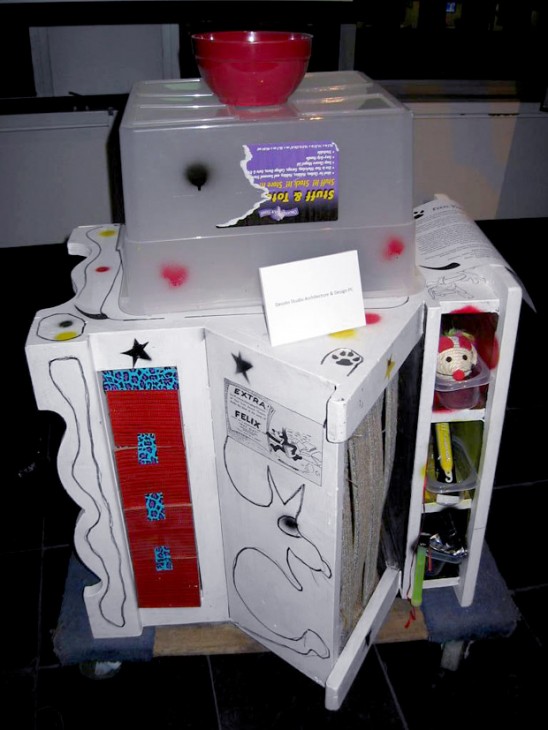
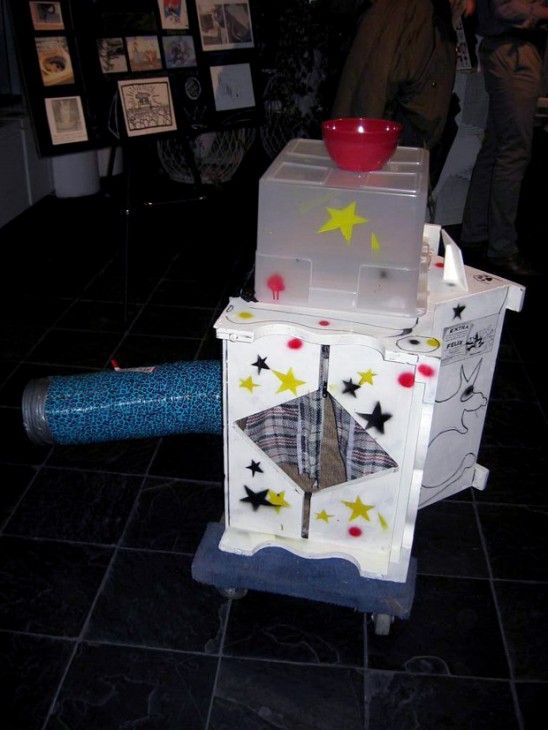
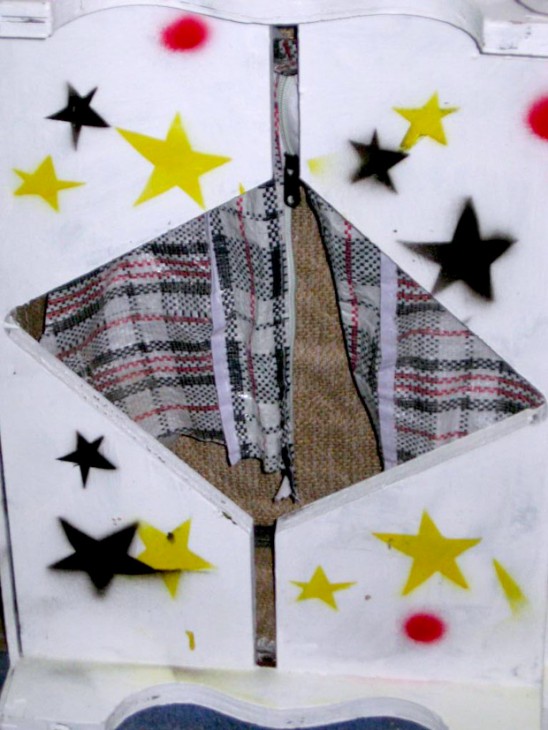
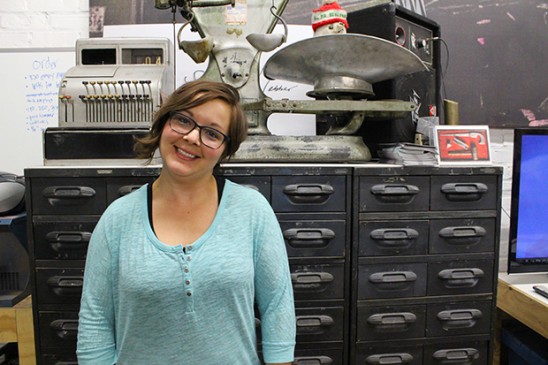 Philadephia jewelry designer,
Philadephia jewelry designer, 